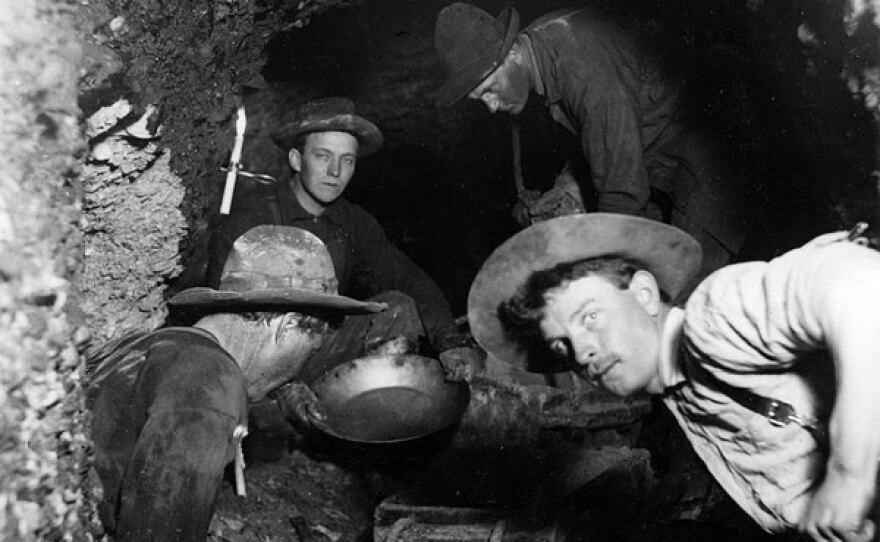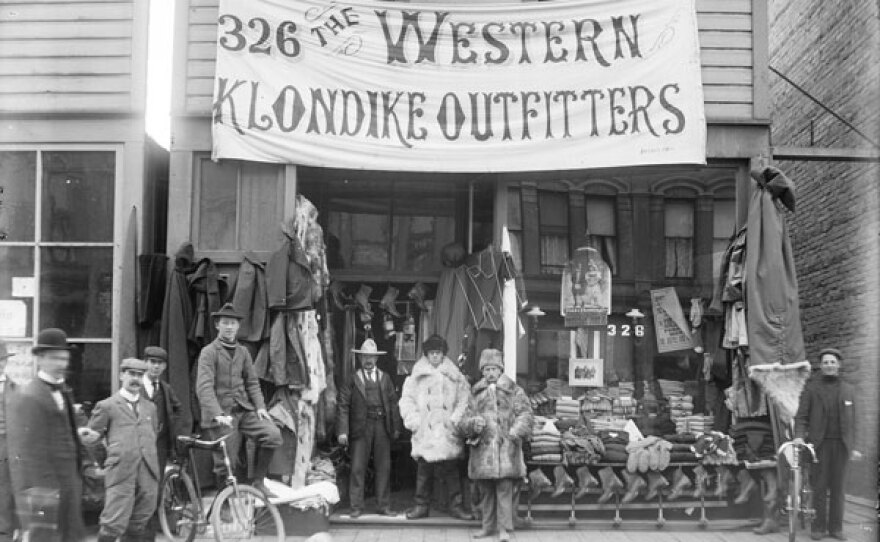


Still renowned as the richest gold strike in North American mining history, the Klondike Gold Rush (1896-1899) set off a “stampede” of over 100,000 people on a colossal journey from Alaska to the gold fields of Canada’s Yukon Territory. It’s an incredible story of determination, luck, fortune and loss. The boomtown, Dawson City, emerges as the heart of the story. During the gold rush, it’s known as the “Paris of the North,” and is one of the largest cities in Canada. Filled with banks, saloons, stores and hotels, for the stampeders and the outside world, it confirms itself as a place where lives can in fact be revolutionized.
“This is truly a fascinating era in North American history,” said Donald K. Boswell, WNED | WBFO president and CEO. “We are honored to tell this powerful story of human struggle and triumph that took place over 100 years ago in the Canadian Yukon. Furthermore, we are pleased to continue our tradition as a binational producer.”
Award-winning author Charlotte Gray and historians Terrence Cole and Michael Gates bring new insights and perspective to the event. Harper’s Weekly correspondent Tappan Adney is brought to life through excerpts from his celebrated book "The Klondike Stampede" (1900). Present-day characters reveal the Klondike is still alive with the frontier spirit. “The Klondike Gold Rush” confirms that the stories and legends of the Klondike Gold Rush continue to inspire us. In the end, we learn that it isn’t all about the gold, but rather the journey to the Klondike, itself, is what matters.
“As a story, ‘The Klondike Gold Rush’ is symbolic of this desire to ‘become’ and it's emblazoned in the stampeders’ ultimate drive toward the unknown,” said film director Douglas Arrowsmith. “The vast geographical obstacles of Alaska and the Yukon were just one part of this arduous quest to beat all odds and discover better lives.”
“The Klondike Gold Rush” is produced by Gold Rush Productions Inc. in association with Rogers Broadcasting Limited and WNED-TV Buffalo/Toronto.
The Photographers
"The lasting treasures of the Klondike gold rush are the remarkable photos taken at the time. The two most prolific photographers were Eric Hegg
The Sights and Sounds of the Yukon
"The Klondike region spans thousands of miles from Alaska across Canada’s Yukon Territory. The area is incredibly remote. In fact





